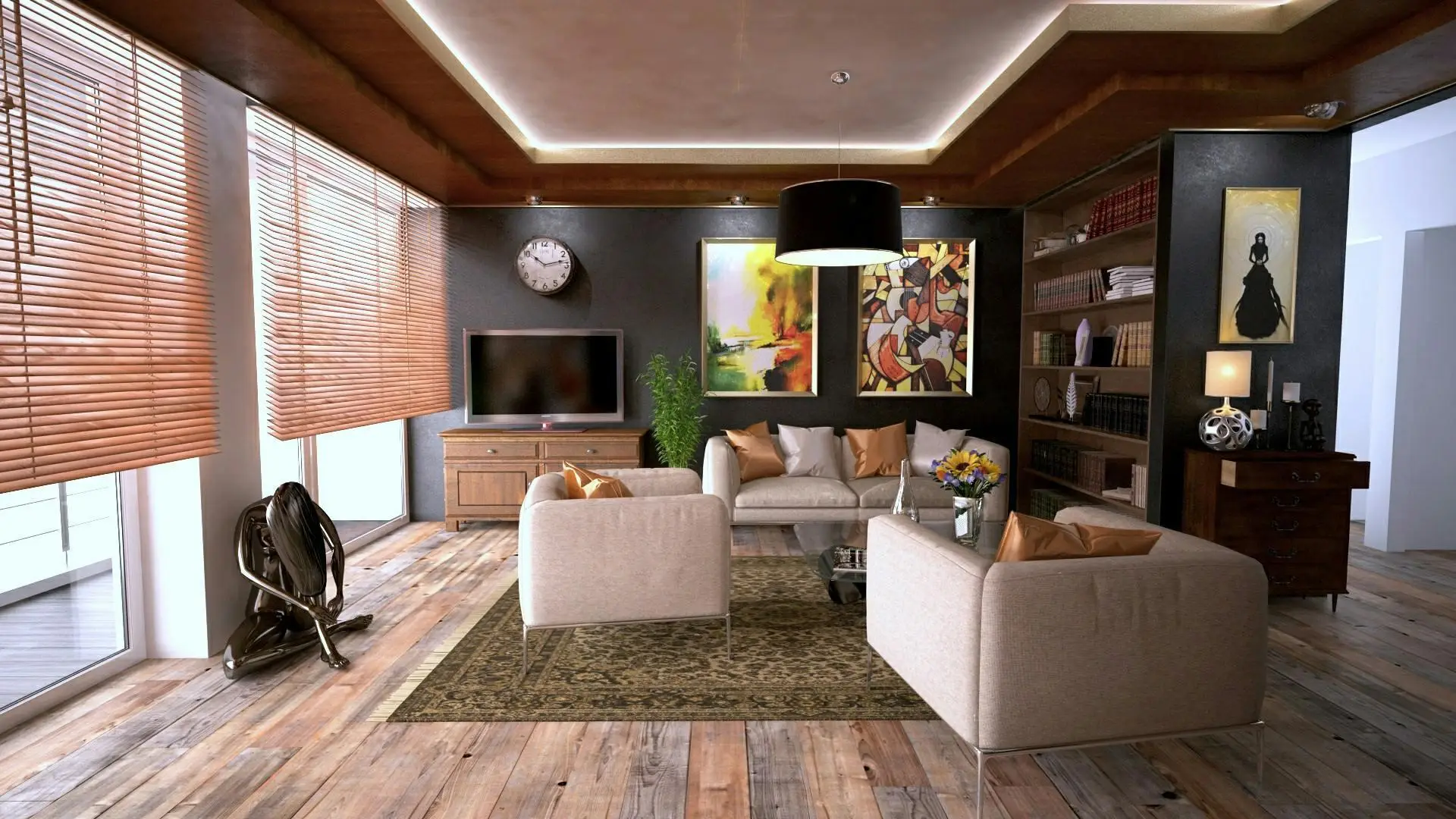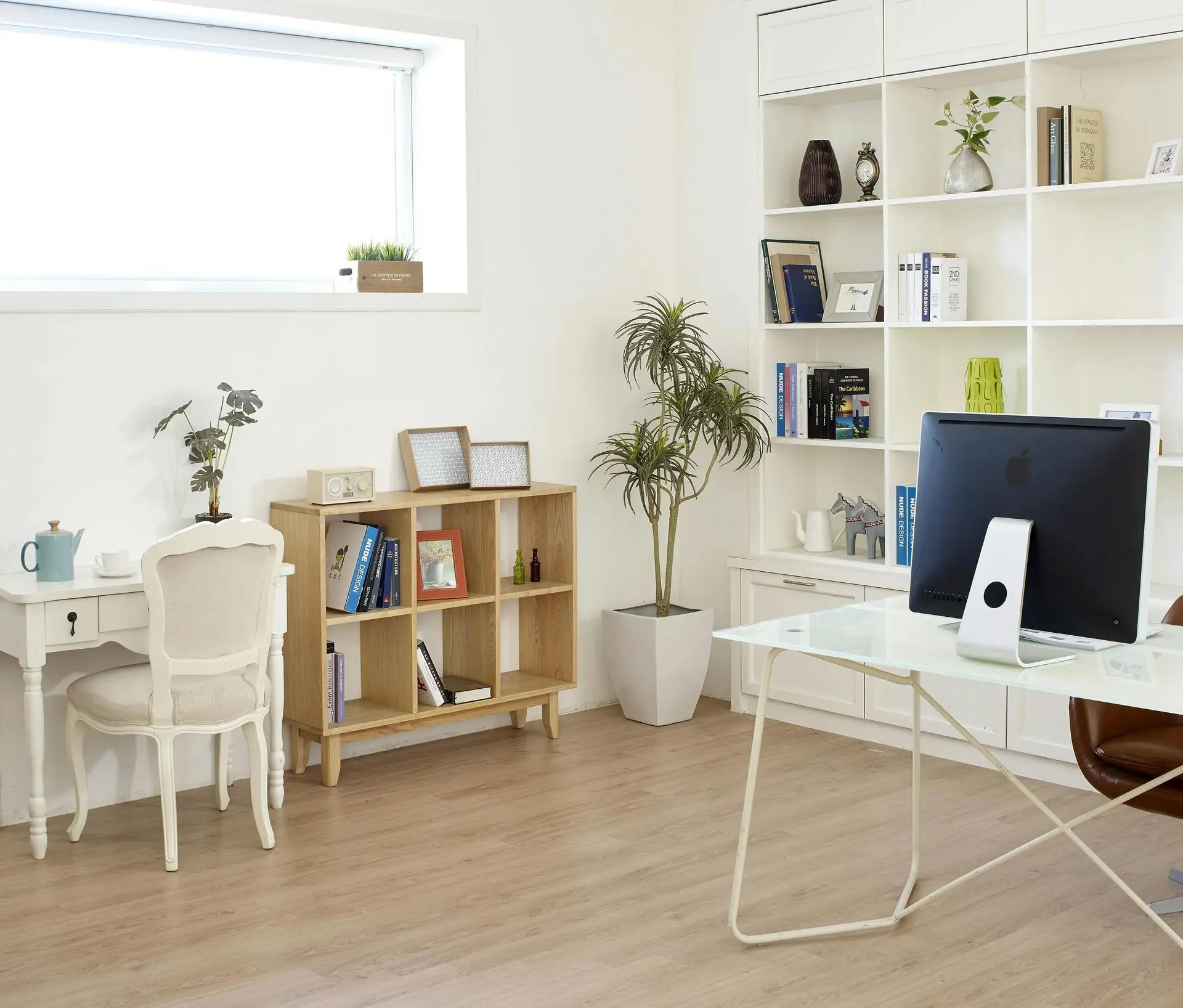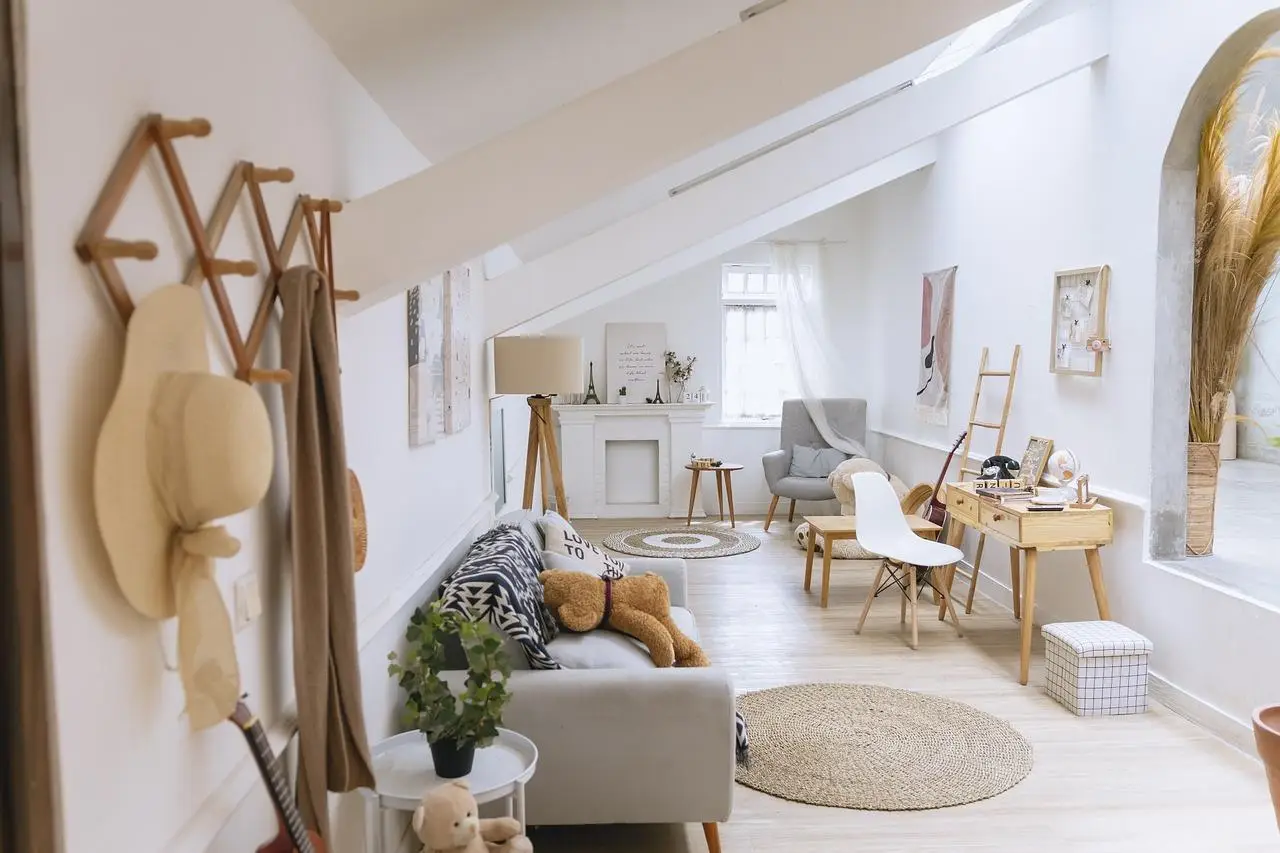The Art of Color: Crafting the Perfect Palette for Every Room
The Power of Paint: Transforming Spaces through Color
The choice of paint color in your home goes beyond mere aesthetics; it is a powerful tool that can influence mood, alter the perception of space, and define the overall vibe of your environment. This guide aims to navigate the intricate world of color selection, ensuring each room in your home reflects its purpose beautifully and effectively.
Delving Into Color Theory
Understanding the Basics
Color theory is fundamental when choosing paint. It involves primary, secondary, and tertiary colors, all stemming from the simple color wheel. This tool is crucial as it illustrates the relationships between colors, helping homeowners decide on schemes that promote harmony.
The Psychology Behind Colors
Colors have a profound effect on our emotions and mood. While warm colors like red and orange can invigorate and stimulate, cool tones such as blue and green tend to calm and soothe. Understanding these impacts is vital for creating the desired atmosphere in each room.
Room Function and Appropriate Color Choices
Purpose-Driven Color Selection
Each room serves a unique function, which should guide the color choice:
- Living rooms, meant for relaxation and social interactions, benefit from calming yet inviting colors like soft blues or earthy greens.
- Bedrooms should feature tranquil shades such as lavender or light grey to promote rest.
- Kitchens thrive with energizing colors like yellow or red, sparking creativity and appetite.
- Bathrooms suit clean and serene colors, think pale blues or soft greens.
Analyzing Room Characteristics
Influence of Natural Light
Lighting dramatically affects how a paint color looks. North-facing rooms, often receiving cooler light, can appear better with warmer tones, whereas south-facing rooms might need cooler colors to balance the abundance of warm light.
Spatial Perception Through Color
Smaller rooms can feel larger with light colors, while dark hues are perfect for adding depth and intimacy to more expansive areas. Architectural features and existing décor also dictate whether to choose bold colors to accentuate or neutral tones to soften.
Crafting a Cohesive Color Palette
Dominant Colors and Their Roles
A cohesive look throughout the home provides a sense of harmony. Selecting a dominant color for your home, followed by complementary and accent colors, can achieve this balance. The 60-30-10 rule is an excellent guideline: 60% dominant color, 30% secondary color, and 10% accent color.
Experimenting with Swatches
Before finalizing colors, test with swatches and observe how they change with lighting conditions throughout the day. This step is crucial to avoid unwanted surprises after the paint job is complete.
Balancing Trends with Timelessness
Staying Current yet Classic
While it's tempting to opt for the latest color trends, incorporating them with moderation ensures your décor remains stylish over time. Neutral palettes offer flexibility and longevity, allowing for easy updates with accessories rather than new paint jobs.
Tips and Tools for Perfect Color Selection
Leveraging Technology
Color visualization tools and apps can provide a preliminary look at how your chosen palette will appear on walls, helping in decision-making. Additionally, consulting with design professionals can bring expert insights into complex color decisions.
Final Reflections on Selecting the Right Paint Color
Choosing the right paint color is a journey of balancing aesthetics, functionality, and personal style. By taking the time to consider all elements—from room function and lighting to color theory and trends—you can create a space that not only looks great but also feels welcoming and suitable for its purpose. Dive into the transformative power of paint, and enjoy the process of making your home a reflection of your unique personality and style.










